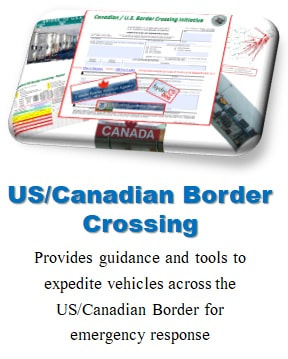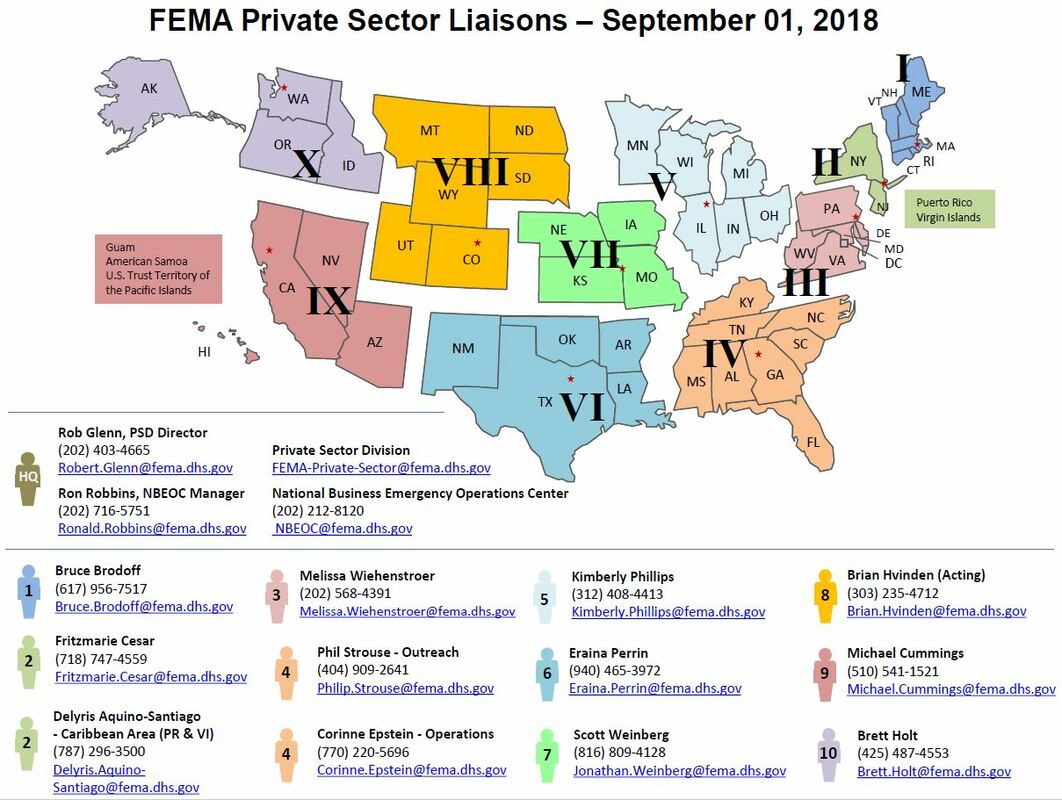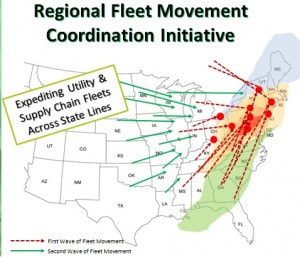US/Canadian Border Crossing Process
This process in place to provide guidance to the private sector on fleet movement across the US/Canadian border. This guidance has been developed by multiple federal agencies, the Canadian authorities and the private sector.
Energy Liaison Officer (ELO) Position Guide
This guide serves as an instrument to help improve communications and coordination with the electric sector liaisons positioned within state or local government emergency operation centers. This guide was jointly developed by private and public sector operators and can serve as an effective tool to streamline power restoration efforts and all of the related communications and decisions that need to be made in a timely manner.
Expediting Through E-ZPass Toll Stations
The E-ZPass Electronic Toll Collection System service 15 states on the East Coast. There is a legal and safe commercial account process that will allow your firm to open a commercial E-ZPass account in Delaware that will allow your fleets to use the E-ZPass express lanes throughout the region during regional disasters, hurricanes, and storms…. all under a single transponder. Learn more…
|
Resources:
|
FEMA Resources
The Federal Emergency Management Agency (FEMA) has developed several resources to support private sector
resource movement in the U.S.
resource movement in the U.S.
Hours of Service Exemptions Policy
In 2005, Congress passed and the President signed legislation that exempts drivers of utility service vehicles from the Federal Motor Carrier Safety Administration’s (FMCSA) Hours of Service (HOS) regulations. This law also prohibits states from enacting or enforcing HOS rules against utilities. The Edison Electric Institute (EEI) is hosting links to the policy information on their webpage.
NOAA Weather
The NWS Storm Prediction Center forecasts severe weather with graphics that can be area specific while the NWS National Hurricane Center forecast and project paths of hurricanes. Both of these sites are the bases for weather forecasting and can be used for both private and public sector as the initial forecasts.
The Regional Fleet Movement Coordination Process
This process is used by the private sector RMAGs (Regional Mutual Aid Groups) in the electric sector when they need to coordinate with a large number of states for the expediting response fleets across multiple states in order to reach the impacted states to begin restoration efforts.
RMAG FRWG Engagement Guidance
This document provides guidance to a Regional Mutual Assistance Group (”RMAG”) on initiating the Regional Fleet Movement Coordination Initiative, who to contact, what information is needed, and how the information is to be used.
|
Resources: |
State Requirements for Multi-State Fleet Movements
FLEET-MOVE is a free service that centralizes requirements of states across the nation in support multi-state movement across state lines with regional state emergency managers, police, transportation, and related agencies that are involved with:
- toll/weigh stations declarations commercial motor vehicles
- permits roadway usage/conditions and other relevant fleet movement information
|
Resources:
|
U.S. Department of Transportation Resources
The US Department of Transportation has developed several resources to support private sector resource movement in the U.S.
|
Resources:
|











